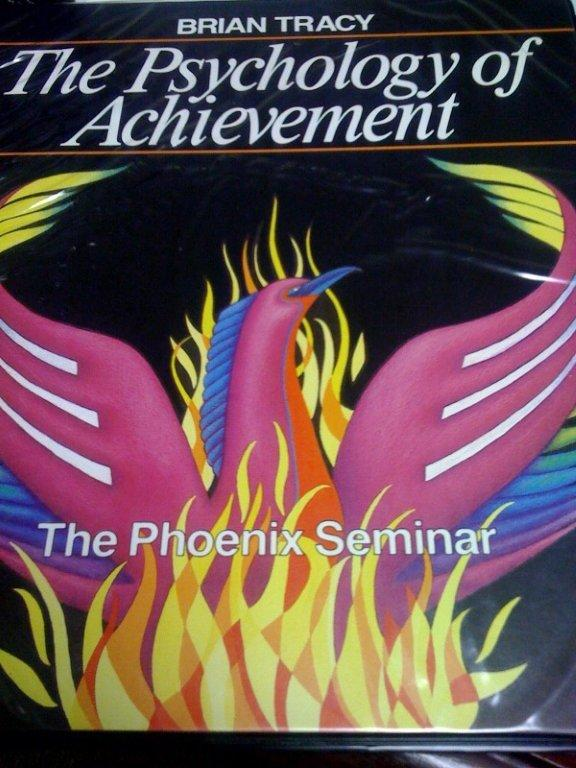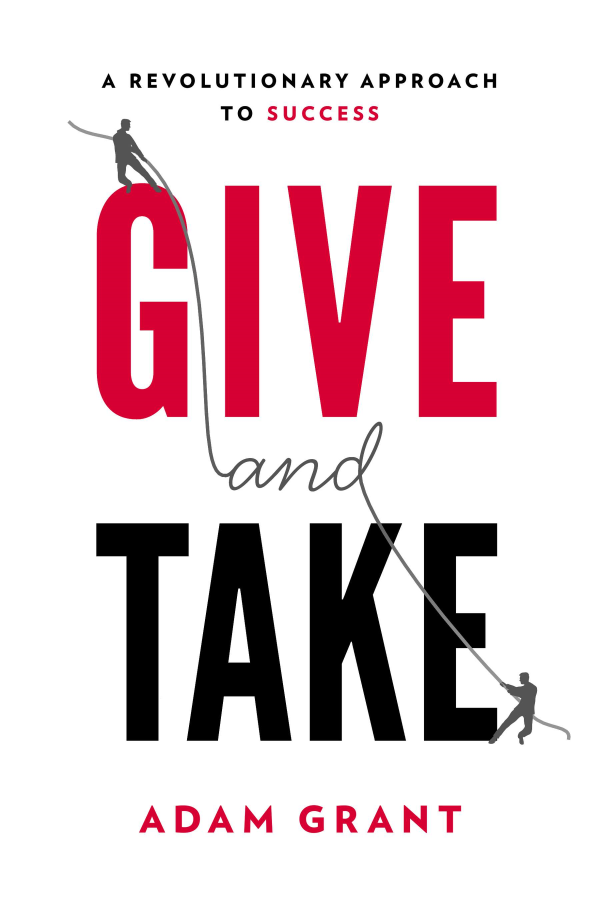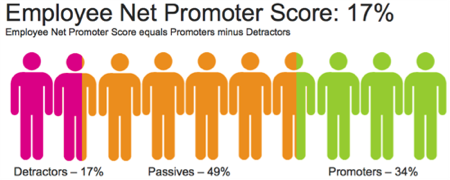In 1984 I received the opportunity to lead as general manager the construction and startup of a 100,000 watt FM radio station in Wausau, Wisconsin. It was a very challenging time for a number of reasons, including attempting to appease and satisfy the brother-in-law of the owner who thought he should have been given the opportunity.
Strategic Discipline Blog
INDIRECT EFFORT - 85% of Joy in Life Comes from Relationships
Posted by Douglas A Wick on Mon, Dec 8, 2014
Topics: employee engagement, employee performance, Relationship Drivers, human behavior performance, superior human relations, Psychology of Achievement, Brian Tracy
Love ‘em or Lose ’em Beverly Kay - Las Vegas Growth Summit
Posted by Douglas A Wick on Thu, Nov 6, 2014
Topics: Employee Feedback, employee engagement, People, Growth Summit, Employee retention
Ever since reading Bringing Out the Best in People by Aubrey Daniels I’ve been a big fan of his techniques for improving work performance. A recent blog by Aubrey Daniels, 6 Things To Do Instead of Performance Appraisals, offers his insights why performance appraisals are a poor investment for improving business performance.
Topics: employee engagement, employee performance, People, People Decisions, Aubrey Daniels, performance
Topics: employee engagement, Business Growth, Leadership Training, leadership, effective delegation
Where Does Confidence Come From? Giving Positive Reinforcement
Posted by Douglas A Wick on Thu, Aug 21, 2014
Topics: Employee Feedback, employee engagement, positive reinforcement, confidence, precision and specificity
I’m on vacation this week so I’m reposting a couple of blogs that contain messages that warrant repeating. Pearson’s Law, originally written 12-15-08, exemplifies the importance of metrics and Positioning Systems Strategic Discipline formula. It’s largely reprinted with a few minor additions. Do you want to see dramatic improvement in your people’s performance? Read further.
Topics: employee engagement, Accountability, employee performance, Business Dashboards, Pearsons Law
Give and Take by Adam Grant offers insight into three types of people: givers, takers, and matchers. The book describes characteristics of each type, yet cautions that while giving, taking, and matching are three fundamental styles of social interaction, the lines between them are not always hard and fast. You can actually shift between one style of reciprocity style as you navigate across different work roles and relationships. At work the vast majority of people develop a primary reciprocity style. This is how you approach most of the people most of the time. The research discovered your primary style can play as much a role in you success as hard work, talent and luck. (That is if you believe in the latter!)
Topics: Acute Myeloid Luekemia, employee engagement, People, Give and Take, Givers and Takers
Measuring customer loyalty is a required best business practice to grow and maintain your customer base. Our recommended tool for our customers is Net Promoter Score discussed in What’s Your Customer Satisfaction Measurement and The Ultimate Question – Customer Advocacy.
Topics: Net Promoter Score, employee engagement, customer service, Q12
If you’ve found it challenging to find effective managers you’re not alone. Recent research by Gallup points to a number of glaring issues that may make you feel better about your management hiring success rate.
Topics: employee engagement, Business Growth, manager, training and education
A fundamental principle of Good to Great and The Rockefeller Habits is the first place to grow your business is People. People is one of the Four Decisions in growing your business, that you must get right or risk leaving significant revenues, profits, and time on the table. If you don’t recall Jim Collins quote from Good to Great, you should keep it somewhere on your desk as a constant reminder, “First who than what.”
People, Collins states, are more important that the product or service you provide.
Topics: employee engagement, People, Four Decisions, A Players, Topgrading, Gallup's Q12 Employee Engagement Survey









-resized-600.jpg)






.jpeg?width=150&height=135&name=Hand%20with%20marker%20writing%20the%20question%20Whats%20Next_%20(1).jpeg)

